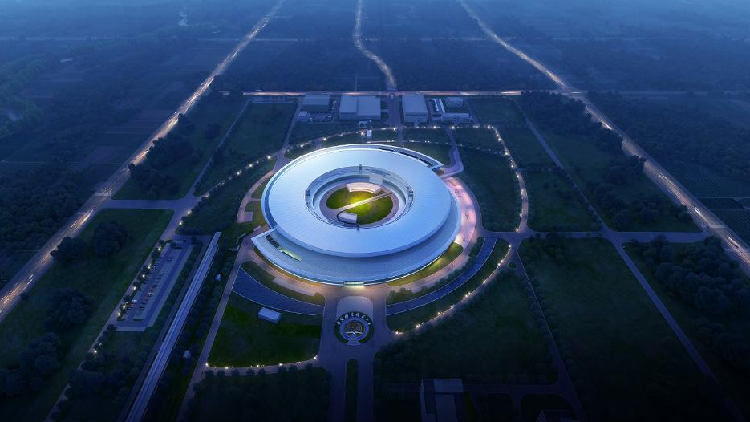Synchrotron

- 17 May 2024
Why is it in the News?
China's latest scientific achievement, the High Energy Photon Source (HEPS), is poised to become Asia's first fourth-generation synchrotron light source which is scheduled to commence operations by the end of this year.
What is a Synchrotron?
- A synchrotron is a type of circular particle accelerator where particles travel in a loop.
- It functions by accelerating charged particles, typically electrons, through sequences of magnets until they approach the speed of light.
How Does It Work?
- Acceleration: Charged particles are accelerated through magnets.
- Production of Light: These high-speed electrons generate extremely bright light, known as synchrotron light.
- This light, predominantly in the X-ray region, is millions of times brighter than conventional sources and 10 billion times brighter than the sun.
- Beamlines and Workstations: The intense light is directed down beamlines to experimental workstations for research purposes.
Applications:
- Research: Scientists use synchrotron light to study tiny matter such as atoms and molecules.
- By examining how a sample scatters, diffracts, absorbs, or reemits the synchrotron light, they can uncover details about its structure and chemical composition.
Global Presence:
- There are approximately 70 synchrotrons worldwide in various stages of development.
- They have varying technical specifications and uses, ranging from practical applications to fundamental theoretical research.
In India:
- India has a synchrotron facility known as the "Indus Synchrotron."
- It is located at the Raja Ramanna Centre for Advanced Technology (RRCAT) in Indore, Madhya Pradesh.
- The Indus Synchrotron is a third-generation synchrotron radiation source that is used for various research applications in fields such as materials science, biology, and environmental science.
What is the High Energy Photon Source (HEPS)?
- HEPS (High Energy Photon Source) is recognized as the brightest synchrotron X-ray source in Asia.
- Location: The HEPS facility is situated in Huairou, China, approximately 50 kilometres from Beijing.
- Acceleration Capabilities: HEPS is designed to accelerate electrons up to energies of 6 gigaelectron volts within its 36-kilometer circumference storage ring, producing high-energy X-rays for research purposes.
- Nanoscale Investigations: The high-energy X-rays generated by HEPS can penetrate deep into samples, allowing researchers to study intricate details at the nanometer scale.
- Diverse Research Applications: HEPS will cater to various research fields, including energy, condensed matter physics, materials innovation, and biomedicine, by providing access to 14 specialized beamlines.
- Superiority to Existing Synchrotrons: Compared to China's current most advanced synchrotron, the Shanghai Synchrotron Radiation Facility (with a circumference of 432 meters), HEPS will offer a time resolution 10,000 times better.
